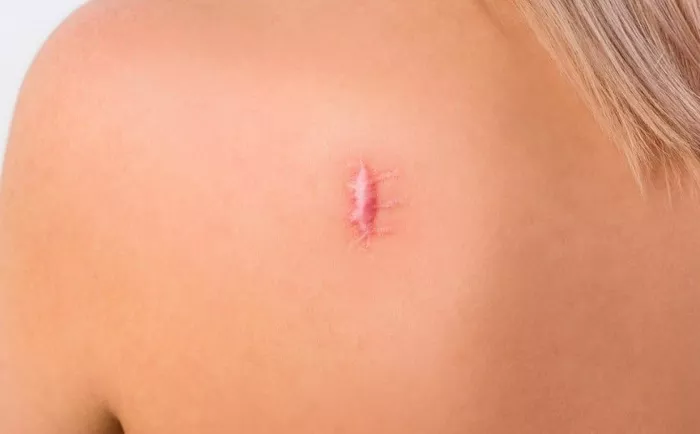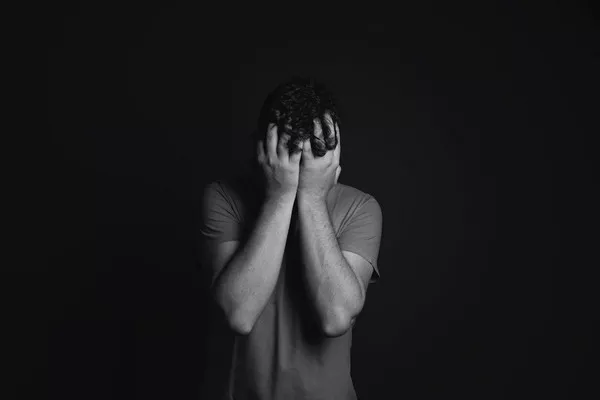Keloid scars are a common and often distressing skin condition where scar tissue grows excessively at the site of a skin injury. Unlike regular scars, keloids are raised, dark in color, and can continue to grow over time. They can be itchy, painful, and can cause significant cosmetic concerns, leading many individuals to seek treatment for their removal. This comprehensive guide will explore the various treatments available for keloid scars and their cost.
What Causes Keloids?
Keloids form as a result of an overly aggressive healing process, extending beyond the original injury and possibly worsening without treatment. They are more common in individuals with darker skin tones and can develop after minor injuries, surgical incisions, piercings, or burns. Understanding the nature of keloids is crucial as it informs the approach to effective treatment and management.
Options for Keloid Scar Removal
Treatment for keloid scars can vary based on the size, location, and maturity of the scar, as well as the patient’s skin type, overall health, and previous treatment responses. Here are the primary methods used to treat and remove keloid scars:
Surgical Removal
Surgery is often considered for larger or more resistant keloid scars. The process involves cutting out the scar tissue, which can be effective but has a risk of new keloids forming at the site of the incision.
Cost Factors:
Surgeon’s fees: Depending on the complexity of the procedure and the surgeon’s experience.
Facility costs: Operating room use, equipment, and hospital stay if needed.
Anesthesia fees: Local or general anesthesia may be required depending on the size and location of the keloid.
Geographical location: Costs can vary significantly depending on the country and region.
Insurance coverage: Some insurance plans might cover keloid removal if it is deemed medically necessary.
Estimated Cost: Surgical removal can cost between $500 and $4,000, largely depending on the aforementioned factors.
Cryotherapy
Cryotherapy involves freezing the keloid scar with liquid nitrogen to reduce its size. It is more effective on smaller keloids and might require multiple sessions.
Cost Factors:
Number of sessions required: Multiple treatments are often necessary.
Provider’s expertise: Specialist dermatologists might charge more.
Location: Costs vary by location and facility.
Estimated Cost: Typically, each session can range from $100 to $300.
Laser Treatment
Laser treatment uses focused light beams to reduce the redness of keloids and flatten them. It can be effective but may also require several sessions.
Cost Factors:
Type of laser used: Different lasers have varying costs.
Number of treatments: Multiple sessions are usually needed for best results.
Provider’s fees: Highly skilled practitioners generally charge more.
Estimated Cost: Laser treatments can range from $200 to $600 per session.
Steroid Injections
Steroid injections are commonly used to treat keloids. These injections can help flatten the keloid and reduce itching and pain.
Cost Factors:
Number of injections: Often, a series of injections is needed.
Medication costs: Costs of the steroid used.
Physician’s fees: Fees vary by provider and location.
Estimated Cost: Each injection may cost between $50 and $300, depending on the treatment plan.
Silicone Sheets and Gels
Silicone sheets and gels can be used as a home treatment method to help reduce the size and appearance of keloids. This non-invasive treatment is often used as an adjunct to other therapies.
Cost Factors:
Duration of use: Long-term use might be necessary.
Product brand: Different brands have different pricing.
Estimated Cost: Generally, silicone products can range from $20 to $100, depending on the size and brand.
Radiation Therapy
In some cases, especially after surgical removal, radiation therapy is used to prevent the keloid from returning. It is generally considered only for very severe cases due to potential long-term side effects.
Cost Factors:
Number of sessions: Typically involves several treatment sessions.
Type of radiation: Different technologies may influence the cost.
Facility and location: Costs can vary widely by treatment center and geographic area.
Estimated Cost: Radiation therapy can cost between $2,000 and $5,000, depending on the treatment specifics.
Factors Affecting the Total Cost of Treatment
The total cost of keloid scar removal can vary significantly based on several factors:
Size and number of keloids: Larger or multiple keloids often require more extensive treatment.
Chosen treatment method: Different methods have different costs associated with them.
Response to treatment: Some keloids may require a combination of treatments or repeated sessions.
Healthcare provider and location: Costs can vary widely based on the provider’s expertise and the treatment location.
Insurance and Financial Assistance
Many health insurance policies consider keloid removal a cosmetic procedure unless it is proven to be medically necessary. It is essential to consult with your insurance provider to understand what aspects of the treatment might be covered. In some cases, patient assistance programs may be available to help with the costs, particularly if the keloid scar causes pain, restricted movement, or severe distress.
Conclusion: Navigating the Costs and Options
Keloid scar removal involves a variety of treatment options, each with its cost implications. Understanding these can help individuals make informed decisions about managing their keloid scars effectively. Consultation with a dermatologist or a plastic surgeon is a crucial step in choosing the right treatment plan based on the specific characteristics of the keloid and the individual’s circumstances. While the financial aspects are important, the potential benefits of treatment in terms of improved appearance, reduced discomfort, and increased self-confidence are also significant considerations in managing keloid scars.
[inline_related_posts title=”You Might Be Interested In” title_align=”left” style=”list” number=”6″ align=”none” ids=”8339,8256,8125″ by=”categories” orderby=”rand” order=”DESC” hide_thumb=”no” thumb_right=”no” views=”no” date=”yes” grid_columns=”2″ post_type=”” tax=””]

































